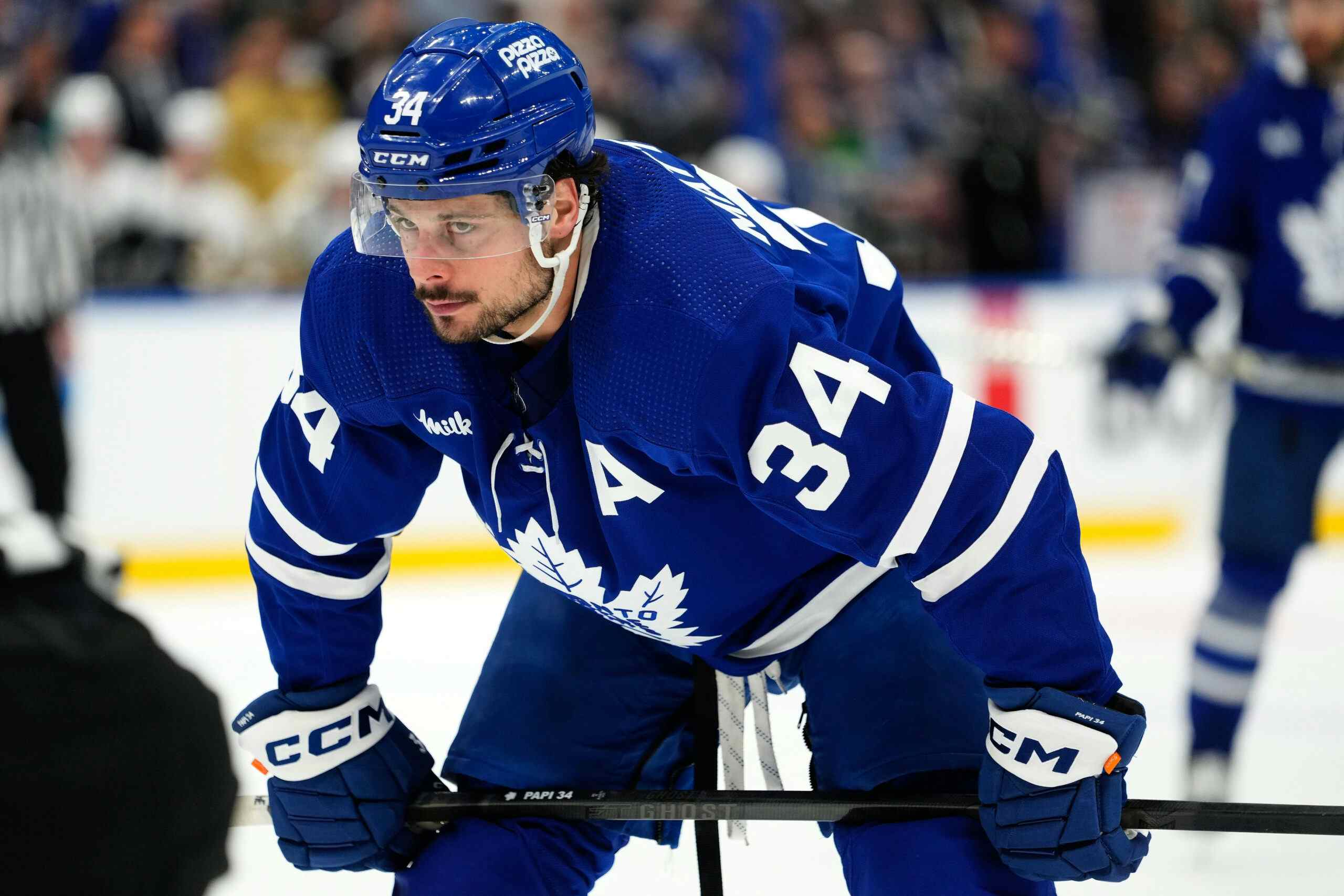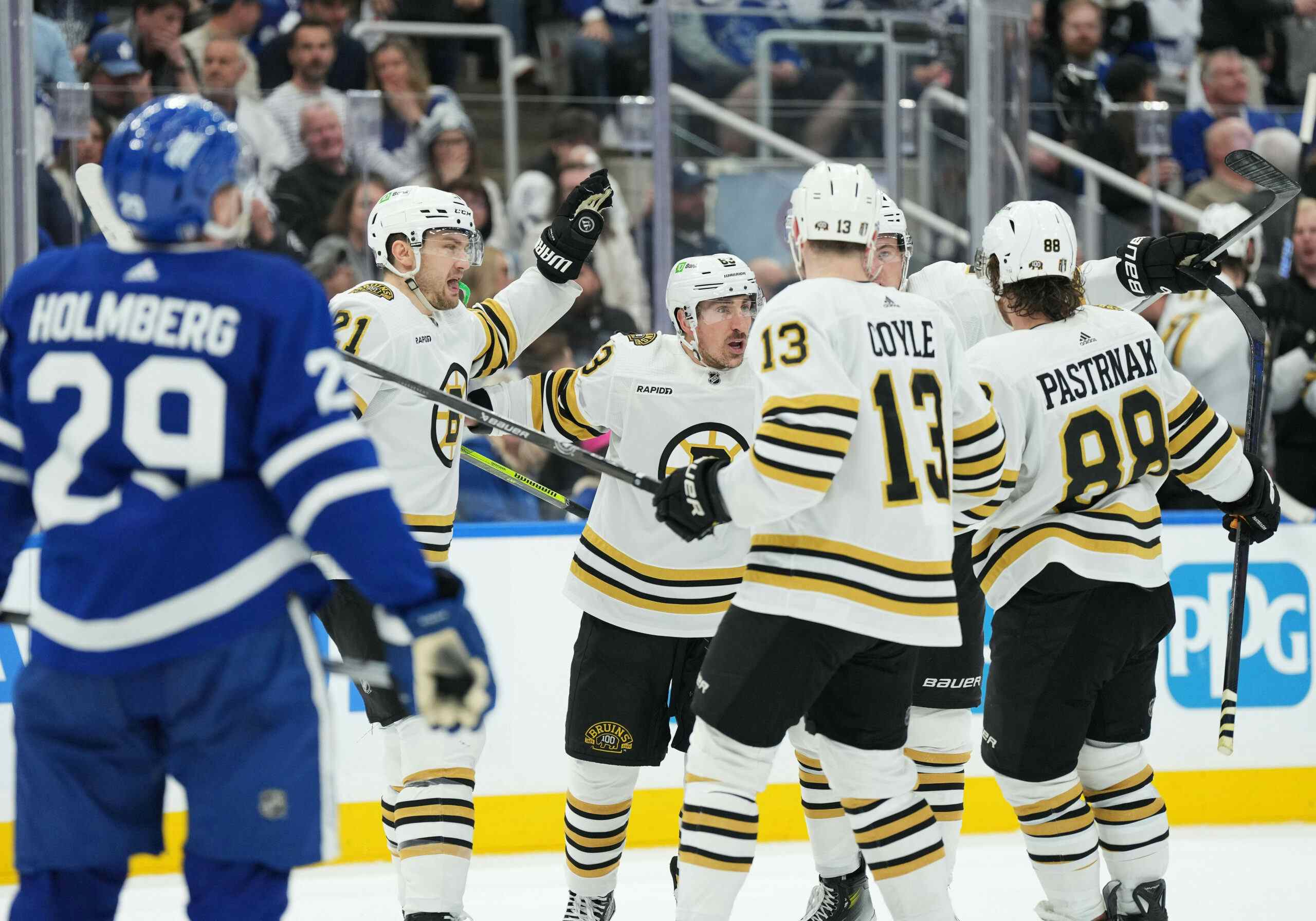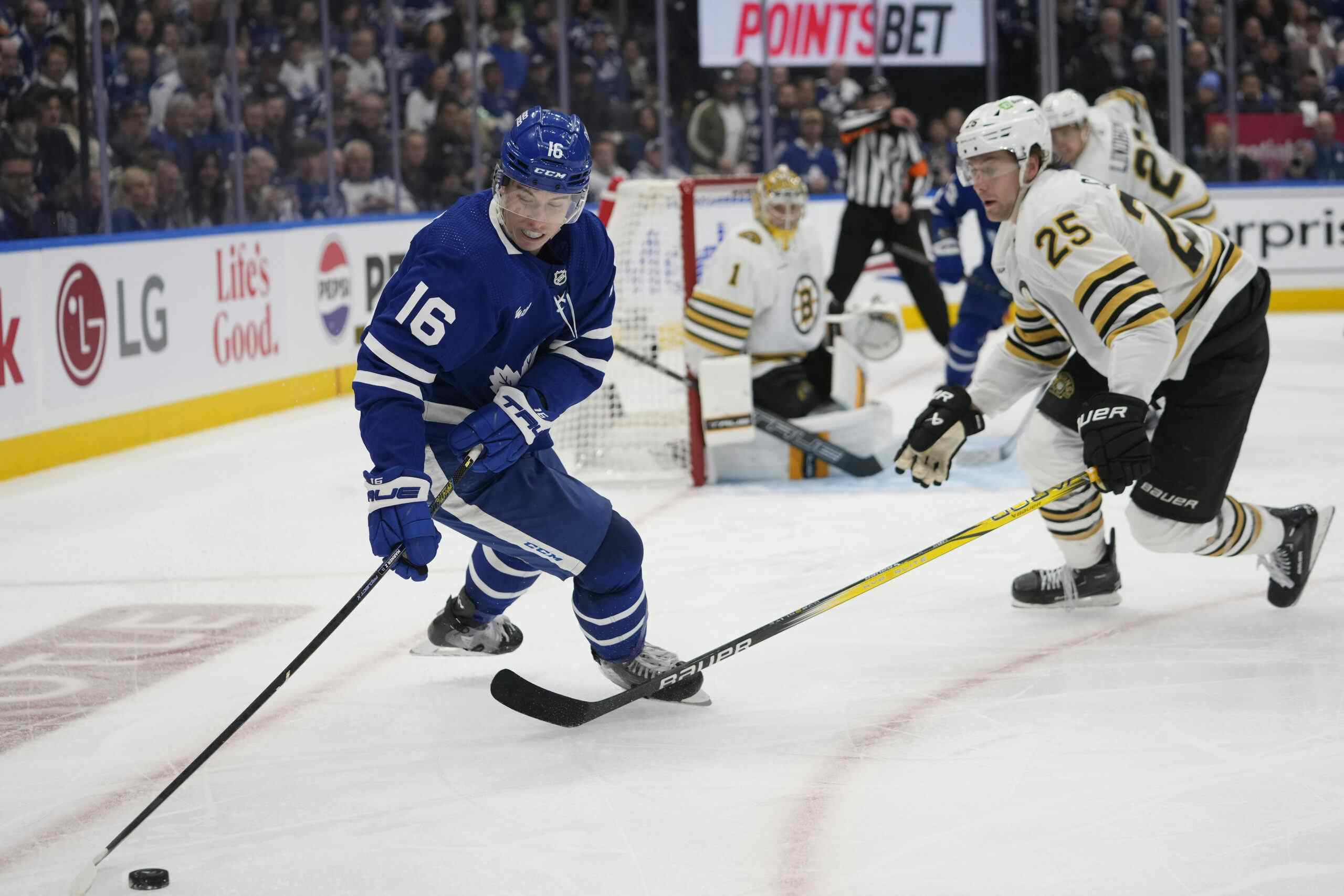Penalty Kill faceoffs matter, but not enough to stress over

Photo Credit: Dan Hamilton/USA TODAY SPORTS
Young Frederik Gauthier steps into the defensive zone faceoff circle against Ryan Kesler. Zach Hyman just responded to an admittedly rough situation by punching a guy, which the referees didn’t like, putting the Leafs on a crucial penalty kill. Give up a goal, and the team is in huge trouble.
Kesler assembles his group the way he wants them. He knows that the four players Toronto have placed on the ice; Gauthier, Connor Brown, Roman Polak, and Matt Hunwick, aren’t mobile enough to conclusively win a race if the play doesn’t work out. He also knows that Gauthier doesn’t have a ton of experience against him at the dot and that his handedness is just right for this set play.
The puck drops and Kesler wins the faceoff clean. Nobody knows what’s going on. Cam Fowler skates into a now-open one-timer and blasts the puck past Frederik Andersen. 3-2 Ducks.
“That’s why you need a faceoff specialist on special teams,” bellowed the broadcasters, the analysts, and the fans (especially the broadcasters; I’m pretty sure faceoffs are at least a quarter of all Sportsnet talking points). “Games are won and lost at the dot.” Heck, if you want a direct quote, Leafs coach Mike Babcock opened his breakdown of the game with “they dominated the circle against us”.
Indeed, the faceoff percentages in this one closely mirrored the final score; 3-2 Ducks and 66.7-33.3% at the dot. The game-winning goal was a direct impact. How can you argue against that?
Well, a few ways.
Do Elite Faceoff Teams Kill Penalties Better?
The first thing I noticed upon looking at the last decade of 5-on-4 and 5-on-3 data is that, well, the penalty killing team more often than not loses the draw. Only Winnipeg (50.7%) and Detroit (50.1%) are above 50% at the dot on the kill (San Jose is exactly 50). Most teams fly between 44 and 47%, the median number is Buffalo’s 46.33, and the league-wide average is 46.25%.
That isn’t terribly surprising, to be honest; the team on the powerplay has an extra body to help with the tie up, and given that many teams still follow “best players on the PP, role players on the PK”, the fact that the powerplay team has the edge over the 136,843 faceoff sample isn’t a massive shocker. Building a penalty kill around the prospect of probably winning the draw, in the long run, already seems like a losing battle. But I decided to see if winning faceoffs lines up with having a great penalty kill in the long run.
Using the same block of data, I figured out that Winnipeg, with the top faceoff percentage, is 27th of 31 teams (Jets and Thrashers separated) in actual PK%. Detroit is 12th, San Jose is 11th. Carolina is 6th at the dot but 20th overall. The Leafs, you’ll be pleased to know, rank 9th in faceoffs! They also have the worst assortment of penalty killing units of the decade, rolling at 78.6%.
Just for fun, I also looked at unblocked shot attempts, shots on goal, and what percentage of penalty kill shifts started in the defensive zone to see if perhaps those stats had stronger connections.
| Team | PK% | FA60 | SA60 | DZF% | FO% |
|---|---|---|---|---|---|
| St. Louis Blues | 1 | 2 | 1 | 4 | 11 |
| New York Rangers | 2 | 4 | 4 | 7 | 22 |
| Pittsburgh Penguins | 3 | 11 | 13 | 15 | 29 |
| Montréal Canadiens | 4 | 10 | 8 | 16 | 10 |
| New Jersey Devils | 5 | 3 | 5 | 11 | 5 |
| Vancouver Canucks | 6 | 7 | 7 | 25 | 20 |
| Minnesota Wild | 7 | 8 | 12 | 29 | 7 |
| Boston Bruins | 8 | 9 | 10 | 8 | 4 |
| Los Angeles Kings | 9 | 15 | 9 | 30 | 8 |
| Philadelphia Flyers | 10 | 6 | 2 | 10 | 14 |
| San Jose Sharks | 11 | 12 | 11 | 22 | 3 |
| Detroit Red Wings | 12 | 5 | 6 | 17 | 2 |
| Ottawa Senators | 13 | 17 | 23 | 12 | 17 |
| Anaheim Ducks | 14 | 21 | 17 | 5 | 21 |
| Nashville Predators | 15 | 1 | 3 | 19 | 23 |
| Washington Capitals | 16 | 19 | 21 | 26 | 25 |
| Buffalo Sabres | 17 | 28 | 27 | 24 | 15 |
| Calgary Flames | 18 | 22 | 18 | 3 | 12 |
| Chicago Blackhawks | 19 | 14 | 14 | 2 | 31 |
| Carolina Hurricanes | 20 | 13 | 20 | 21 | 6 |
| Columbus Blue Jackets | 21 | 18 | 16 | 13 | 28 |
| Tampa Bay Lightning | 22 | 24 | 25 | 18 | 26 |
| Dallas Stars | 23 | 20 | 15 | 14 | 19 |
| Colorado Avalanche | 24 | 16 | 24 | 1 | 16 |
| Florida Panthers | 25 | 30 | 31 | 27 | 24 |
| Edmonton Oilers | 26 | 29 | 28 | 31 | 27 |
| Winnipeg Jets | 27 | 23 | 22 | 28 | 1 |
| New York Islanders | 28 | 25 | 26 | 20 | 30 |
| Arizona Coyotes | 29 | 31 | 29 | 23 | 13 |
| Atlanta Thrashers | 30 | 26 | 30 | 6 | 18 |
| Toronto Maple Leafs | 31 | 27 | 19 | 9 | 9 |
My unscientific opinion here is that there’s not a huge connection between winning draws and being good on the penalty kill. There’s a slight one, as there should be, but more seems to be gained from preventing attempts, either by blocking them or by boxing off shooters to force them to miss the net. Even starting the play in other zones doesn’t help a ton, presumably because you’re stuck with a potential odd-man rush if you don’t win the draw, which, again, you probably won’t even if you’re near the top of the league at it.
It seems like more emphasis should be put into having your skaters that are best at getting in the way of and clearing/skating out loose pucks when you start in the defensive zone, and having those who are stronger at gap control in other zones. If your centre isn’t proficient in those regards, getting him out there in hopes that he’ll have a slightly better chance than the other guy to win the draw probably won’t do you a ton of good.
Does Winning The Draw Prevent Goals?
But just for the benefit of the doubt, let’s make a crazy scenario. Let’s make faceoffs super impactful. By that, I mean, let’s pretend that all 13,453 powerplay goals scored in the past ten years were the exact same as Cam Fowler’s goal. One of 136,843 faceoffs were won, the puck went to the defenceman, and it was blasted in three seconds. Every time. We’ll even ignore zones; Fowler can blast these theoretical goals from Cloutier or even Toskala distance. Because faceoffs matter a lot in preventing goals, we’re going to create an absolute worst case scenario for our penalty killers.
In that world, how many goals is your faceoff specialist saving you every year by winning the draw?
Using the data we have at our disposal, one can expect that one in every 4.71 faceoff losses will lead to a goal against. Teams take 6.198 penalty kill faceoffs a game, meaning that we’d be looking at about one Fowler every 1.32 games.
Assuming your draw wizard takes half the penalty kill draws (3.1) in a game, he’ll win 1.9 of them. Over an 82 game season, that’s 153 draws; or 32 Fowlers prevented! Impressive, right? Well…
| FO% | 60 | 59 | 58 | 57 | 56 | 55 | 54 | 53 | 52 | 51 | 50 | 49 | 48 | 47 | 46 | 45 |
|---|---|---|---|---|---|---|---|---|---|---|---|---|---|---|---|---|
| FOW | 1.9 | 1.8 | 1.8 | 1.8 | 1.7 | 1.7 | 1.7 | 1.6 | 1.6 | 1.6 | 1.6 | 1.5 | 1.5 | 1.5 | 1.4 | 1.4 |
| 82GP | 153 | 150 | 147 | 145 | 142 | 140 | 137 | 135 | 132 | 130 | 127 | 125 | 122 | 119 | 117 | 114 |
| GA- | 32 | 32 | 31 | 31 | 30 | 30 | 29 | 29 | 28 | 28 | 27 | 26 | 26 | 25 | 25 | 24 |
A faceoff specialist, winning faceoffs at 14% above league average on the penalty kill, who slots in for half of your draws over an entire average season in this scenario prevents seven goals against over a player who wins at the average, and ten more than someone who wins 40% of draws.
Keep in mind that our scenario involves more than 20% of faceoff losses turning into a one-timer goal. Most of the time, that’s not what happens. The team on the powerplay sets up, maybe gets a shot attempt or two off, the killers clear it, they do it again, the goalie freezes it, another draw happens, the same thing happens, and 80% of the time, the penalty killers come out unscathed. Someone smarter than I could probably figure out the true percentage of faceoffs that turn in into powerplay goals before the opposing team gains possession, but I’d imagine that it’s in the low single digits, meaning the real word difference between 60 and 40 here is probably closer to a goal or two a season.
At that point, it probably makes more sense to have a skater who can close off a lane, get in the way, clear it, or carry it over a guy who has an extra 1-in-20 chance of affording his teammate the chance to do that. If your best natural penalty killer happens to be the guy who wins the draws, that’s great; there was a time when the aforementioned Ryan Kesler was that guy for Vancouver, though it seems Anaheim does better at preventing shots now when the super speedy Andrew Cogliano hits the ice instead. Most of the top penalty killers in the league in actually keeping the puck away from the net are players you know more for their mobility than you do for their draws (Patrice Bergeron, of course, being the exceptional man that can do both).
An alternative strategy is to simply not take penalties, which is also something that subbing out depth players with speedy, skilled players helps with. You draw more calls when you’re hard to keep up with and half the puck, and while some of Toronto’s penalty killers (Matt Martin, Leo Komarov, Matt Hunwick) have been adept at keeping the puck away from the net, their lines often contribute to initiating the penalty kills to begin with by having to chase the play.
Where Are You Going With This?
It’s obviously a shame to see a situation like last nights happen, especially when it’s a guy like Gauthier, who has been hyped up as a prospect who will one day dominate the dot and kill penalties, who gets burned. Ultimately, what happened in that play cost the Leafs some standings point, and a bit of ego as Randy Carlyle got to feel smug for a few minutes. Toronto also gave up both of its powerplay goals while serving roughing minors, though, so that might be something to be more concerned about.
Don’t let the few examples that burn into your head of a quick conversion make you believe that the long-term impact of having an “expert” at the faceoff means much. Yes, winning the draw and getting initial possession is something that’s very nice to have, but it’s a situation that normalizes itself quickly if you don’t have the talent on the ice to maintain it, and the additional odds you gain by having a specialist are negligible in the long run. The best way to kill penalties is to focus on players who can keep the puck away from the net for not just the two seconds that get committed to draws, but the other 1:58. Or, draw more penalties than you take.
This is all before we even consider the vast majority of the game that’s being played at even strength. If your player isn’t impactful there, but they’re in your lineup just to win special teams draws, you’re probably giving up many more goals than you’re preventing. But we’ll save the “No but seriously, waive Ben Smith” argument for another day.
Recent articles from Jeff Veillette





